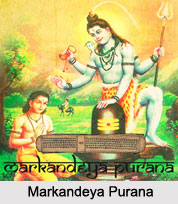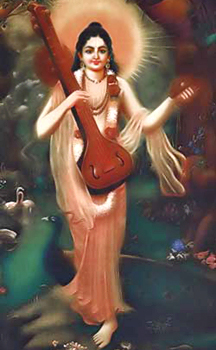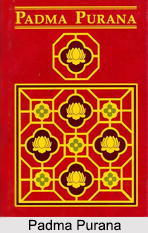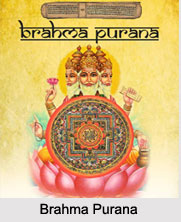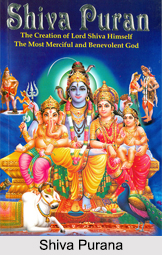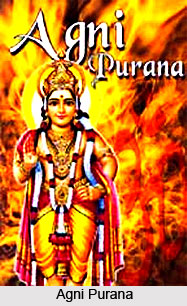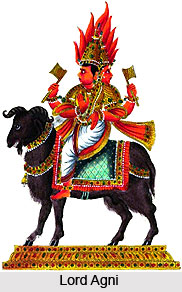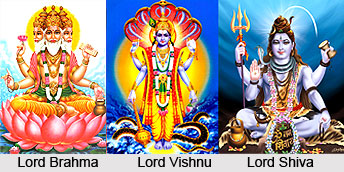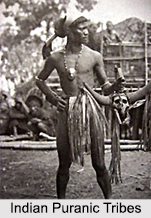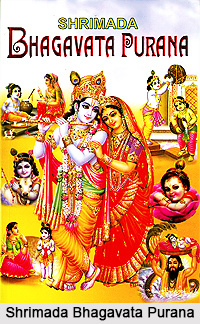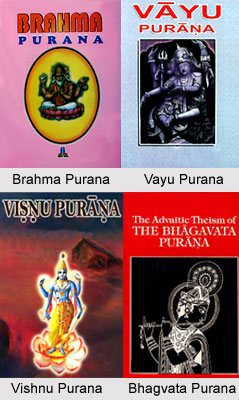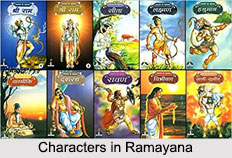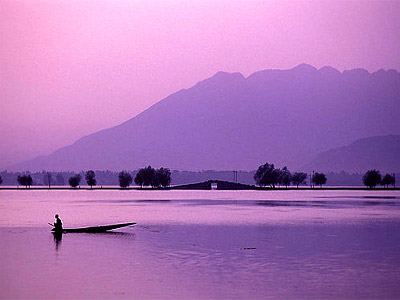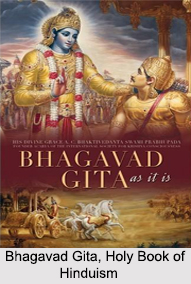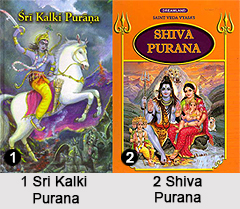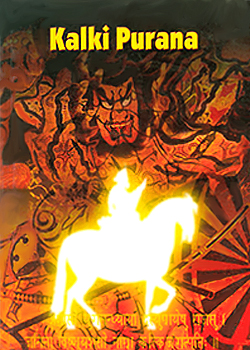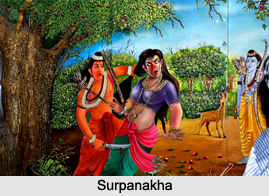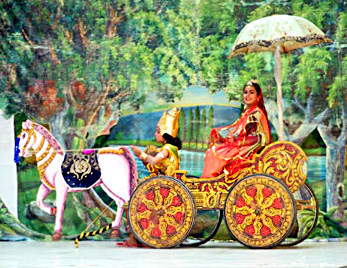 Ordeal of Sita took place after the coronation of Rama to the throne of Ayodhya. Rama ruled the kingdom of Ayodhya peacefully for ten thousand years. There was peace and prosperity everywhere and there was neither fear of disease nor the fear of theft anywhere in his kingdom. Several Brahmins and sages visited the kingdom of Ayodhya and Rama presented them with lots of gifts. At length, the news was spread that Sita had conceived. Then Rama asked her if she had any wish, and she replied that she wished to visit the hermitages of the sages by the Ganges and to which Rama consented and the visit was fixed for the next morning.
Ordeal of Sita took place after the coronation of Rama to the throne of Ayodhya. Rama ruled the kingdom of Ayodhya peacefully for ten thousand years. There was peace and prosperity everywhere and there was neither fear of disease nor the fear of theft anywhere in his kingdom. Several Brahmins and sages visited the kingdom of Ayodhya and Rama presented them with lots of gifts. At length, the news was spread that Sita had conceived. Then Rama asked her if she had any wish, and she replied that she wished to visit the hermitages of the sages by the Ganges and to which Rama consented and the visit was fixed for the next morning.
The same night Rama was engaged in conversation with his counsellors and friends, and he asked them about the feelings of his subjects towards him, his brothers and Sita and Kaikeyi. Then one of them told that the people of his kingdom spoke proudly of his conquest of Ravana but Rama pressed for more definite reports, and one of the counsellors told that people speak of his great deeds and his alliance with the bears and monkeys and rakshasas, but they murmur about his acceptance of Sita who was touched by Ravana and dwelt long time in his city of Lanka and they talk to each other that despite all that Rama still acknowledged Sita. They also whispered that they would also overlook the misdoings of their wives, since the subjects always follow the customs of their king.
Rama Orders Lakshmana to Leave Sita in Jungle
Hearing what the subjects of Ayodhya spoke of him and Sita, Rama`s heart sank, and he sent away the counsellors and asked for his brothers. His three brothers came and stood by him with folded hands and touched his feet. But they saw that he was heavy-hearted and that his eyes were full of tears, and waited anxiously for him to speak. Then Rama told them what he came to know from his counsellors. Then he told that he belonged to an illustrious family, and Sita was also nobly born and she had also proved her innocence, by submitting herself to the ordeal by fire before all, and Fire and Wind and all the gods declared her stainless. He also admitted that even then Sita was blameless, but the censure of the folk had pierced him and he preferred death than the disgrace. He thus asked Lakshmana to take Sita with him to the hermitage of Valmiki beside the Ganga River, as if fulfilling her desire to visit the hermitage, and leave her there and return to Ayodhya. Then Rama`s eyes were filled with tears, and he went to his own apartment like a wounded elephant.
The next morning Lakshmana brought a goodly car and came to Sita and told her that Rama had commanded him to take her to the hermitages by the River Ganges in accordance with her wish. Then Sita, taking costly gifts with her, mounted the car most eagerly. On the second day they reached the banks of the Ganges, whose water takes away all sin. Lakshmana stood there and wept aloud and Sita thought that Lakshmana was crying since for two days he could not see his brother Rama and told to him that Rama was dearer to her than her very life. She then asked Lakshmana to take her to the other side of the river in order to get to the hermitage of Valmiki where she could present her gifts and then they would return to Ayodhya.
Lakshmana Leaves Sita in Jungle
Lakshmana then sent for a boatman and they crossed the River Ganges. When they crossed the river and were on the other side, Lakshmana stood by Sita with folded hands and told her everything that Rama told him to do. He told Sita that she was sinless and that Rama even knew it. Since the citizens of Ayodhya were speaking badly about her, Rama decided to renounce her. After hearing this from Lakshmana Sita fell down fainting, but she came to her self and told to Lakshmana that she might have done some wrong in her previous life for which she was suffering time and again by being separated from her Lord. She then told Lakshmana to do what Rama told him to do and requested him to take her message to Rama. She told Lakshmana to tell Rama that even if he knew that Sita was sinless and pure, he still discarded her in order to avoid ill-fame and she promised to be faithful to her husband even while staying in the jungle.
Lakshmana, thus, returned to Ayodhya with a heavy heart and Sita went here and there in the jungle not knowing where to go and started to cry loudly. Her cry was heard by the sons of Valmiki and the sage came to the river-side and comforted Sita. He carried her to the hermitage and gave her to the wives of the hermits to cherish her with affection. After returning from the jungle, Lakshmana found the elder son of Dasaratha sunk in grief and with his eyes full of tears, and he was sorry and touched his feet and stood with folded hands. He informed Rama that he had accomplished the work given to him by Rama and left Sita weeping close to the hermitage of Valmiki. He requested Rama not to grieve since that was the need of the hour. The told that where there was growth there was decay, where there was birth there was death, where there was prosperity there was ruin and therefore one should not grieve for son, wife or friends or wealth. Then Lakshmana told to Rama not to grieve before his subjects for they would them blame him again. Thus, Rama was comforted by the words of Lakshmana and called for the priests and counsellors who waited there and made himself busy again in the affairs of the state.

